RECONSTRUCTED HEAD OF A YOUNG WOMAN, 1968 Louis le Brocquy HRHA (b.1916)
Signature: signed, inscribed and dated on reverse; also with original exhibition label on reverse Medium: oil on canvas Dimensions: 102 by 102cm., 40 by 40in. Provenance: Provenance:Gimpel Fils Gallery, London; Taylor Galleries, Dublin; Whence purchased by the present owner in 1989 Exhibited: Exhibited:'Louis le Brocquy: Recent Paintings', Gimpel Fils Gallery, London, 1-26 October 1968; Gimpel and Hanover Galerie, Zurich, 10 January - 12 February, 1969, catalogue no. 29 (illustrated in catalogue) Literature: Literature:'Louis le Brocquy: Recent Paintings', Gimpel Fils Gallery, London, 1-26 October 1968, and Gimpel and Hanover Galerie, Zurich, 10 January - 12 February, catalogue no. 29 (illustrated in catalogue) Artist's archival no. 217. Louis le Brocquy has long been interested in the ancient Celtic conception of the human skull as a “magic box that holds the spirit prisoner”. This idea first stirred his... s imagination during a visit in 1964 to the Musée de l’Homme in Paris, where he was intrigued by a collection of Polynesian heads modelled in clay and decorated with vegetable paints and cowrie shells. Some months later he visited the archaeological site of Entremont, near Aix-en-Provence, where he sketched the remains of Celtic steles (or commemorative stones) carved with symbolic ancestral heads. As Dorothy Walker has observed, this encounter with the artist’s “own vestigial culture” – that of the Celtic people – “strengthened and brightened the personal revelation of the Oceanic heads”. Le Brocquy set to work on a series of ancestral heads, adding to the “double revelation” of the Oceanic and Celtic heads his own “vivid sense of the loneliness of Palaeolithic man” (Dorothy Walker Louis le Brocquy Ward River Press, 1981, p. 44).With Louis le Brocquy and particularly the head series, the iconography of the Neolithic temple of Entremont in France and the cult of the severed head, is equally pertinent to Willem de Kooning’s interest in ancient fetishes of the female deity. Le Brocquy’s body of work with the head, which has been a source of exploration and engagement for him, has direct parallels to the head of de Kooning’s painting in Woman (MOMA, New York). The discovery in Paris of the decorated craniums from ancient cultures by le Brocquy in 1964 was a seminal moment in his practice as an artist. This paralleled the momentous epoch in New York, where the European avant-garde had been in exile through the IIWW, and out of which had developed Abstract Expressionism or the New York School.Like Bacon, de Kooning decided to continue the exploration of body in space and the iconographic aspects of its physical presence as a motif, and integrated the apparent extremes of paint and application into a more formally constructed but deliberately eviscerated surface quality. The paint has its own internal dynamic, as in abstraction, but the consideration of the motif has a challenging identity which responds to our historical relationship with classical western art and ancient symbolism.It is this parallel tradition to late modernist abstraction that places Louis le Brocquy’s work of this period succinctly within the tradition of Bacon and de Kooning. The brushstrokes emote a sense of deconstructed internal dialogue, yet succinctly articulate an image: the human head.Ciarán BennettPollock Krasner Research Fellow, New York more
RECONSTRUCTED HEAD OF A YOUNG WOMAN, 1968 Louis le Brocquy HRHA (b.1916)
Signature: signed, inscribed and dated on reverse; also with original exhibition label on reverse Medium: oil on canvas Dimensions: 102 by 102cm., 40 by 40in. Provenance: Provenance:Gimpel Fils Gallery, London; Taylor Galleries, Dublin; Whence purchased by the present owner in 1989 Exhibited: Exhibited:'Louis le Brocquy: Recent Paintings', Gimpel Fils Gallery, London, 1-26 October 1968; Gimpel and Hanover Galerie, Zurich, 10 January - 12 February, 1969, catalogue no. 29 (illustrated in catalogue) Literature: Literature:'Louis le Brocquy: Recent Paintings', Gimpel Fils Gallery, London, 1-26 October 1968, and Gimpel and Hanover Galerie, Zurich, 10 January - 12 February, catalogue no. 29 (illustrated in catalogue) Artist's archival no. 217. Louis le Brocquy has long been interested in the ancient Celtic conception of the human skull as a “magic box that holds the spirit prisoner”. This idea first stirred his... s imagination during a visit in 1964 to the Musée de l’Homme in Paris, where he was intrigued by a collection of Polynesian heads modelled in clay and decorated with vegetable paints and cowrie shells. Some months later he visited the archaeological site of Entremont, near Aix-en-Provence, where he sketched the remains of Celtic steles (or commemorative stones) carved with symbolic ancestral heads. As Dorothy Walker has observed, this encounter with the artist’s “own vestigial culture” – that of the Celtic people – “strengthened and brightened the personal revelation of the Oceanic heads”. Le Brocquy set to work on a series of ancestral heads, adding to the “double revelation” of the Oceanic and Celtic heads his own “vivid sense of the loneliness of Palaeolithic man” (Dorothy Walker Louis le Brocquy Ward River Press, 1981, p. 44).With Louis le Brocquy and particularly the head series, the iconography of the Neolithic temple of Entremont in France and the cult of the severed head, is equally pertinent to Willem de Kooning’s interest in ancient fetishes of the female deity. Le Brocquy’s body of work with the head, which has been a source of exploration and engagement for him, has direct parallels to the head of de Kooning’s painting in Woman (MOMA, New York). The discovery in Paris of the decorated craniums from ancient cultures by le Brocquy in 1964 was a seminal moment in his practice as an artist. This paralleled the momentous epoch in New York, where the European avant-garde had been in exile through the IIWW, and out of which had developed Abstract Expressionism or the New York School.Like Bacon, de Kooning decided to continue the exploration of body in space and the iconographic aspects of its physical presence as a motif, and integrated the apparent extremes of paint and application into a more formally constructed but deliberately eviscerated surface quality. The paint has its own internal dynamic, as in abstraction, but the consideration of the motif has a challenging identity which responds to our historical relationship with classical western art and ancient symbolism.It is this parallel tradition to late modernist abstraction that places Louis le Brocquy’s work of this period succinctly within the tradition of Bacon and de Kooning. The brushstrokes emote a sense of deconstructed internal dialogue, yet succinctly articulate an image: the human head.Ciarán BennettPollock Krasner Research Fellow, New York more

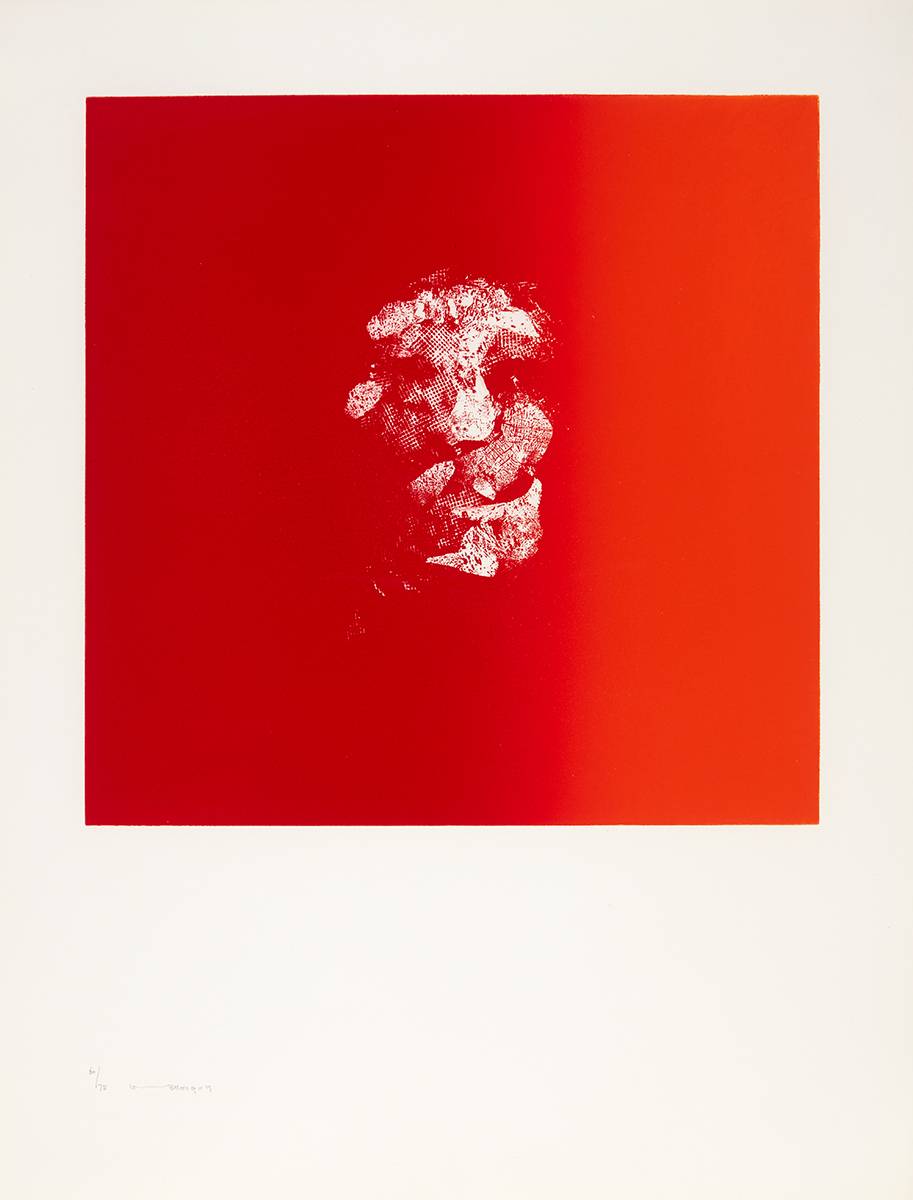

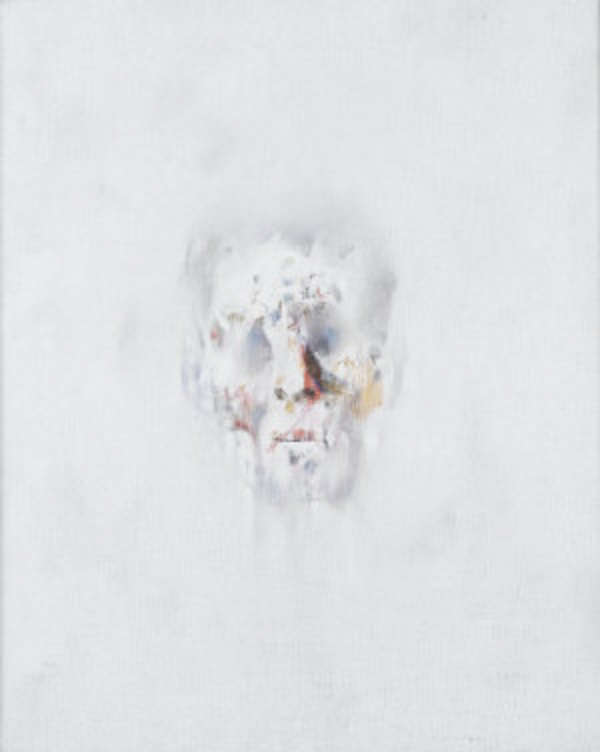

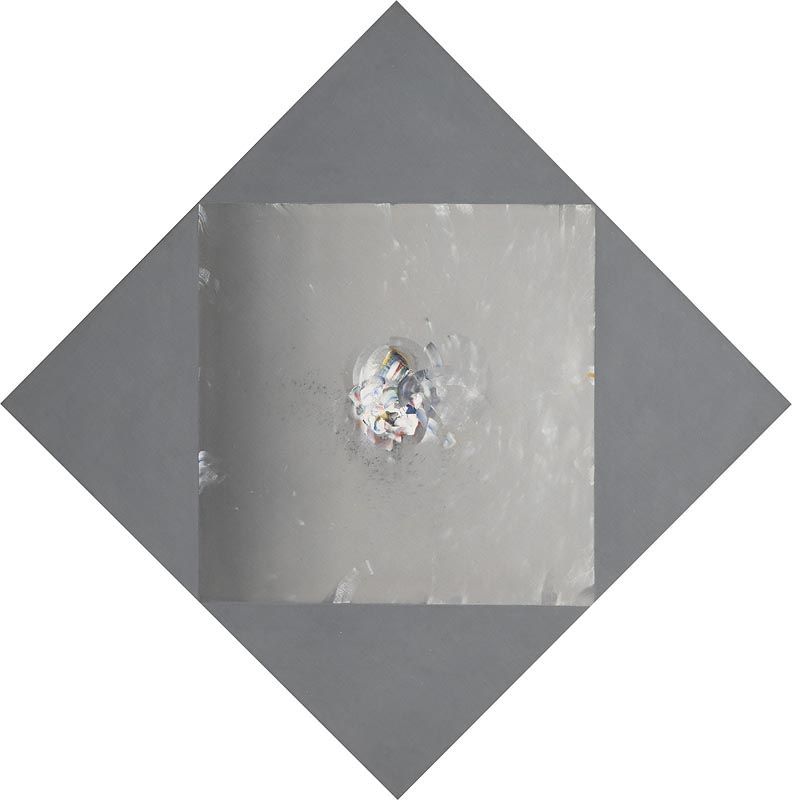
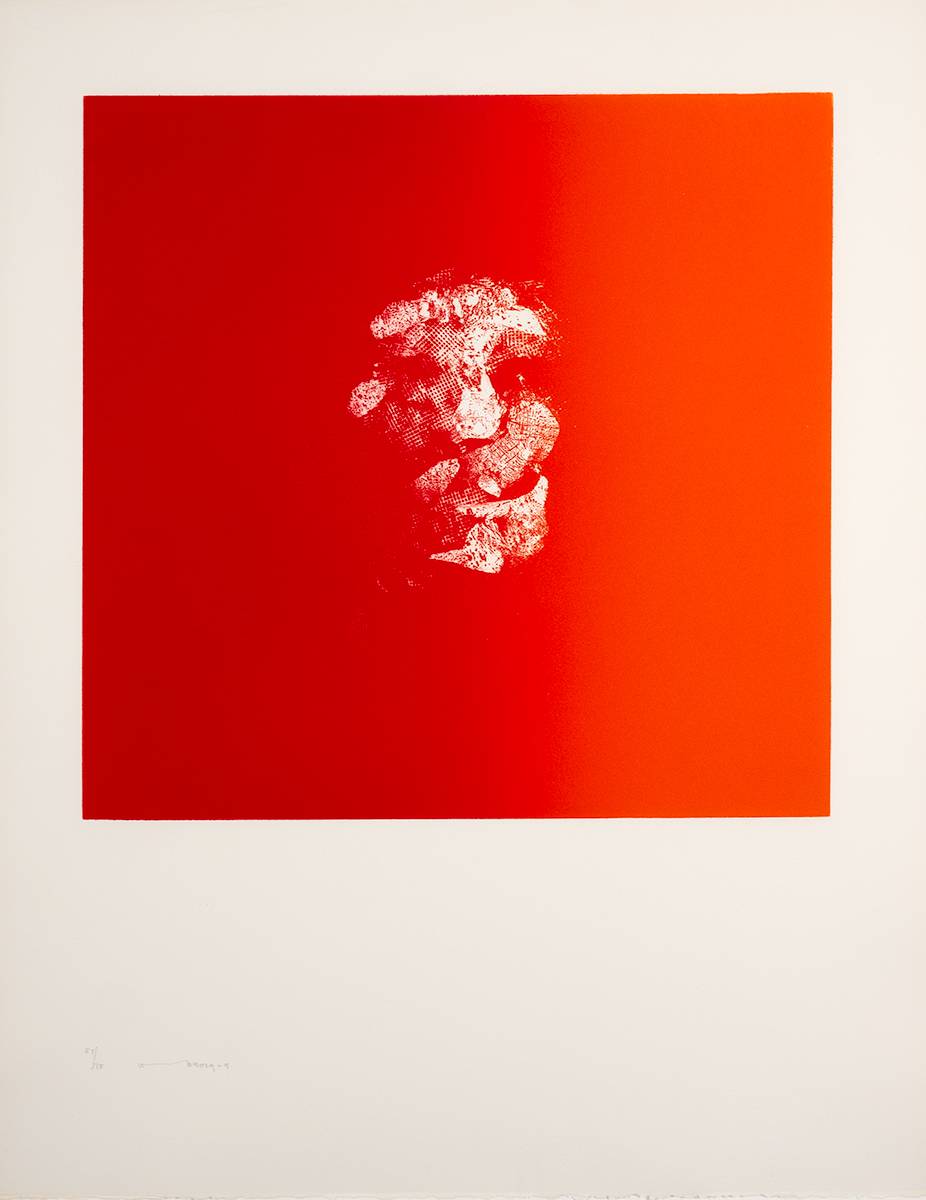
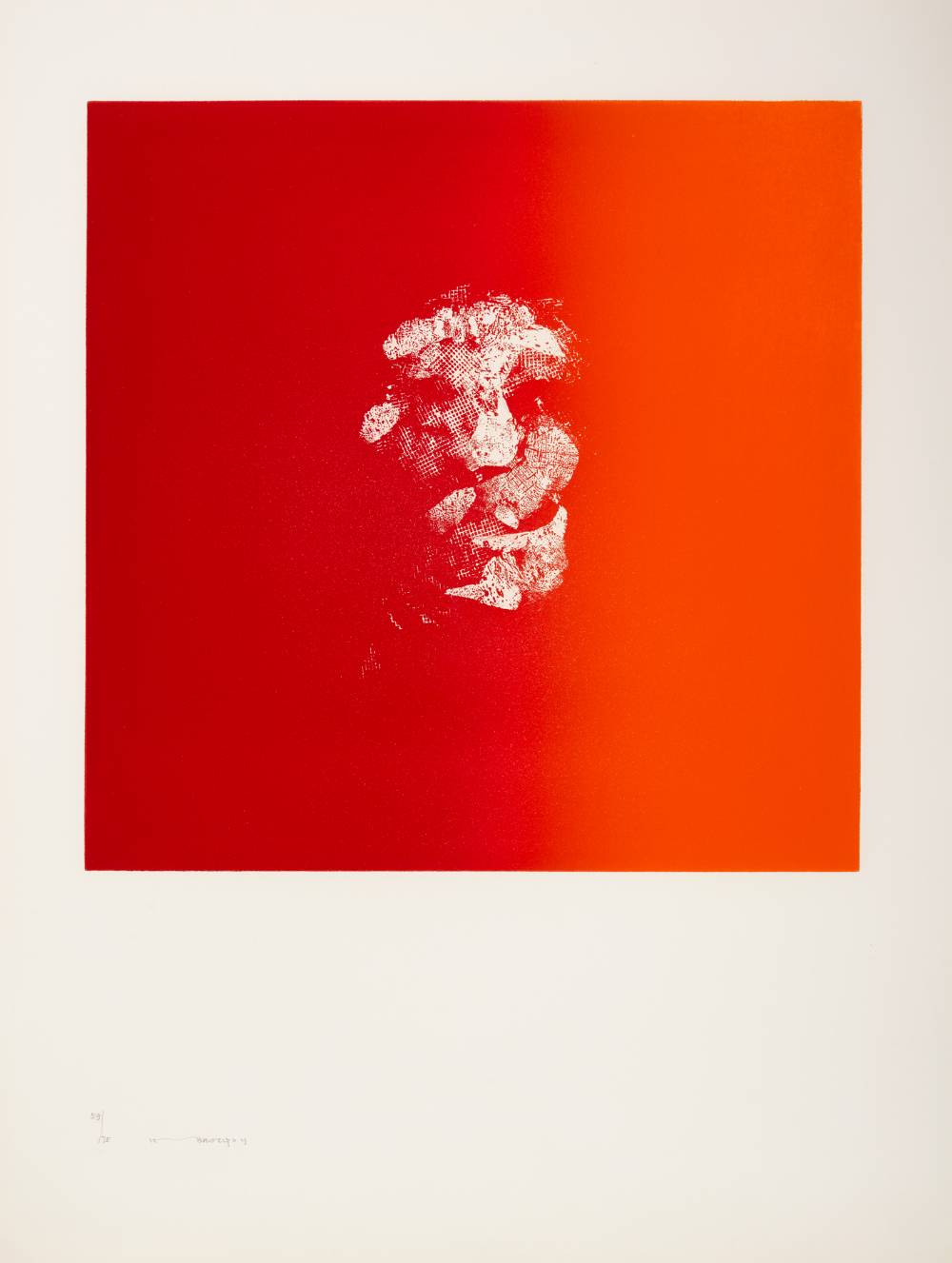
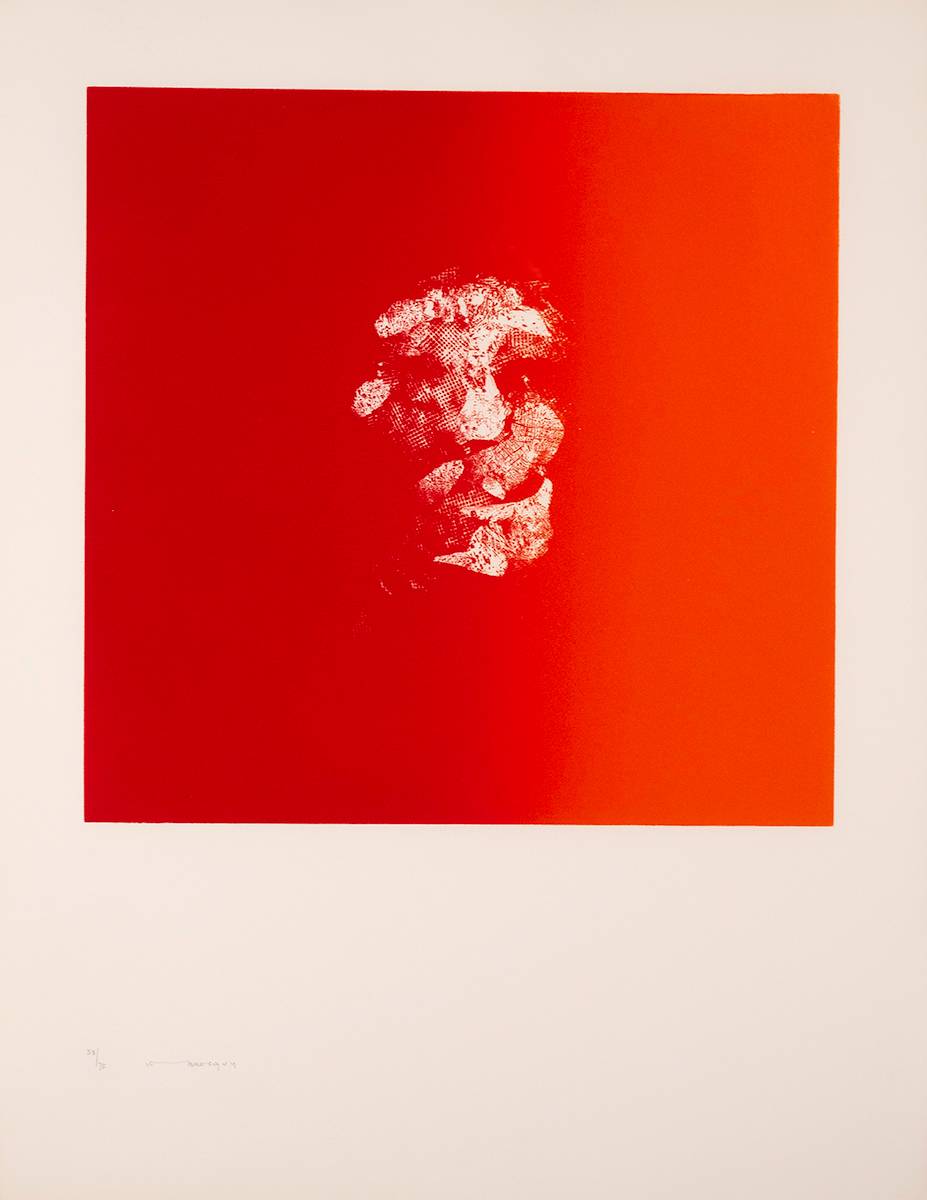

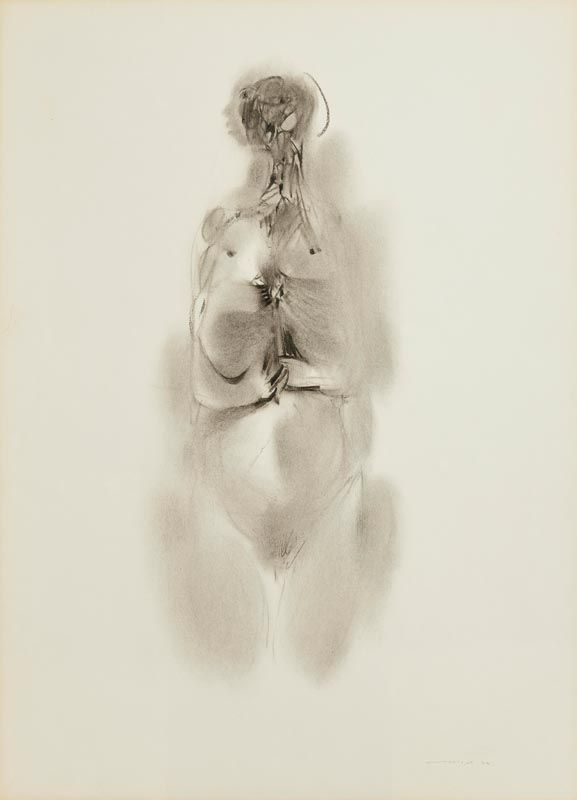



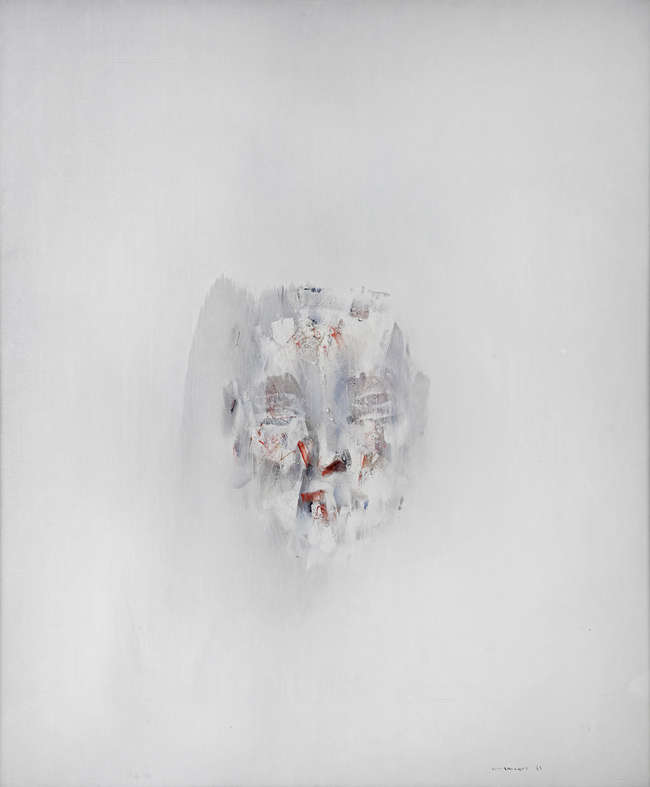
Try LotSearch and its premium features for 7 days - without any costs!
Be notified automatically about new items in upcoming auctions.
Create an alert